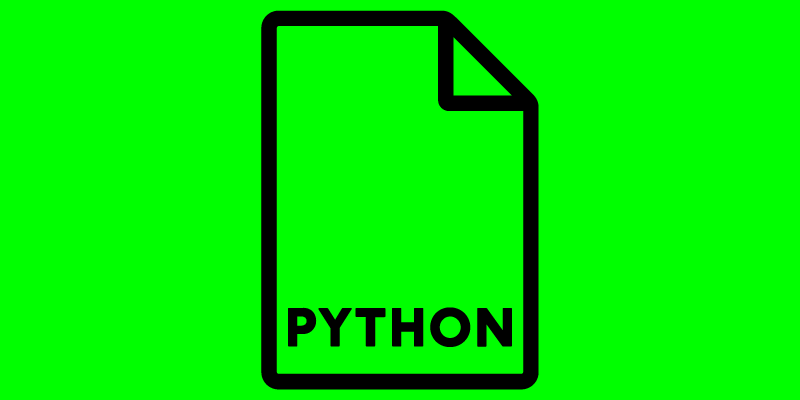An Unstoppable Programming Language
At the heart of AI lies Python, the versatile and dominant programming language that has revolutionized the field. In this article, we will embark on a journey to explore the indomitable role of Python in AI. From its intuitive syntax and extensive libraries to its prominence in deep learning frameworks, we will dive into the reasons why Python has emerged as the go-to language for AI development.
Readability and Simplicity
Python’s appeal lies in its clear and concise syntax, which enhances readability and enables developers to express complex ideas with fewer lines of code. This characteristic makes Python an ideal choice for AI development, where understanding and modifying intricate algorithms is essential.
- User-Friendly Language: Python’s clean and beginner-friendly syntax lowers the barrier to entry for newcomers in AI, promoting a wider adoption of the language within the AI community
- Easy Prototyping: Python’s simplicity allows for rapid prototyping and experimentation with AI models. This agility is crucial in an evolving field like AI, where constant innovation drives progress
Rich Libraries and Frameworks
Python boasts a vast ecosystem of libraries and frameworks that streamline development, offering robust tools for data manipulation, statistical analysis, and machine learning.
- NumPy: NumPy is a foundational library in Python for numerical computations, essential for handling multi-dimensional arrays and mathematical operations. Its efficiency and versatility are particularly beneficial in AI tasks involving large datasets
- Pandas: Pandas excels in data manipulation and analysis, offering powerful data structures like DataFrames that enable AI practitioners to clean, preprocess, and explore data effectively
- Scikit-learn: Scikit-learn is a go-to machine learning library, providing a rich collection of algorithms for classification, regression, clustering, and more. Its user-friendly interface and excellent documentation make it an indispensable tool for AI model development
- TensorFlow and PyTorch: Python’s dominance in AI is further solidified by its association with leading deep learning frameworks. TensorFlow, developed by Google, and PyTorch, developed by Facebook, are widely used for training and deploying complex deep learning models, catapulting Python to the forefront of AI research
Versatility in AI Applications
Python’s flexibility and versatility have made it a go-to language for a wide range of applications across various domains.
- Natural Language Processing (NLP): Python’s libraries, such as NLTK (Natural Language Toolkit) and spaCy, facilitate the processing and analysis of human language. NLP applications, like chatbots and sentiment analysis, heavily rely on Python for their implementation
- Computer Vision: Python’s integration with OpenCV (Open Source Computer Vision Library) enables AI practitioners to build sophisticated computer vision applications for tasks like object detection, image segmentation, and facial recognition
- Recommender Systems: Python is widely employed in building recommendation systems, leveraging collaborative filtering and content-based algorithms to deliver personalized recommendations to users
Robust Community and Active Development
Python’s exponential growth in the AI landscape can be attributed to its solid community of developers, data scientists, and AI researchers.
- Knowledge Sharing: The Python community is known for its willingness to share knowledge and collaborate on AI-related projects. This collaborative spirit fosters innovation and advances the state-of-the-art in AI
- Regular Updates: Python’s continuous development ensures that the language remains up-to-date with the latest AI advancements. Regular updates and improvements enhance the performance and capabilities of AI models implemented in Python
Embracing Python’s Role in AI Development
As we conclude our introduction to Python in AI, we have a better understanding of its transformative power in reshaping the world of artificial intelligence. Python’s intuitive syntax, rich libraries, and versatile frameworks have propelled it to the forefront of AI development.
Its user-friendly nature and easy prototyping capabilities have democratized AI, making it accessible to developers and data scientists across the globe. Python’s extensive ecosystem of libraries and frameworks streamlines AI development, enabling practitioners to build intelligent systems and solve complex problems with ease.
Embracing the force of Python in AI unlocks the full potential of artificial intelligence, paving the way for a smarter, more connected world that thrives on innovation and discovery. As Python continues to evolve, its ever-growing influence on AI promises an exciting future of possibilities and unparalleled advancements in the field.
